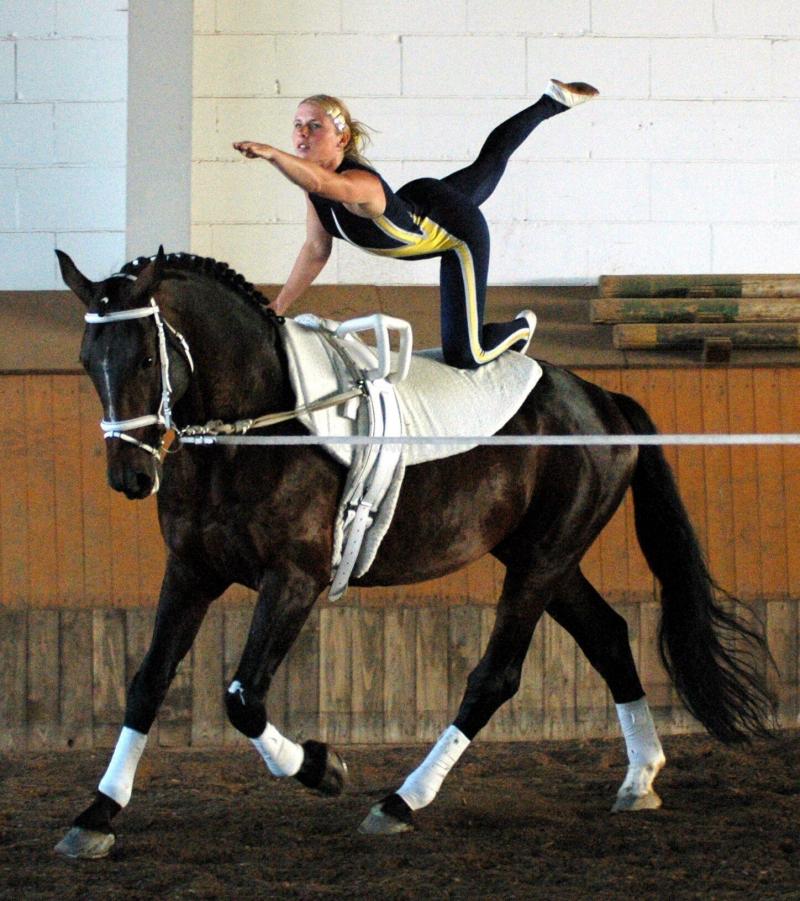The Horse’s Amazing Sense of Balance

Horses are renowned for their grace and agility, which largely stems from their extraordinary sense of balance. This innate ability allows them to perform complex movements, maintain stability on uneven terrain, and recover quickly from slips or missteps. Understanding how horses achieve such remarkable balance can deepen our appreciation for these majestic animals.
How Do Horses Maintain Balance?
Several physiological and neurological factors contribute to a horse’s balance:
| Factor | Description |
|---|---|
| Inner Ear Function | The vestibular system in the inner ear detects changes in head position and motion, helping horses maintain equilibrium. |
| Proprioception | Sensory receptors in muscles and joints provide feedback about limb position, aiding coordination. |
| Muscle Strength | Strong core and limb muscles stabilize the body during movement and sudden shifts. |
| Hoof Structure | The shape and flexibility of hooves absorb shock and adapt to different surfaces. |
Why Is Balance Important for Horses?
- Safety: Good balance helps prevent falls and injuries.
- Performance: Essential for activities like jumping, dressage, and racing.
- Adaptability: Enables horses to navigate varied terrains, from rocky trails to slippery surfaces.
Interesting Facts About Equine Balance
- Horses can sleep standing up thanks to a “stay apparatus” that locks their legs in place.
- Their large eyes provide a wide field of vision, assisting spatial awareness.
- Horses constantly adjust their posture even when standing still to maintain balance.
Frequently Asked Questions (FAQ)
How does a horse’s sense of balance compare to humans?
Horses have a highly developed vestibular system and proprioception, often surpassing humans in detecting subtle shifts in position, which is crucial for their survival and mobility.
Can horses improve their balance?
Yes, through training exercises like pole work, balance beams, and varied terrain riding, horses can enhance their coordination and stability.
What role do hooves play in balance?
Hooves act as shock absorbers and provide traction, which helps horses maintain stability on different surfaces.
Conclusion
The horse’s amazing sense of balance is a complex interplay of anatomy, sensory input, and muscular control. This balance not only supports their physical capabilities but also ensures their safety and adaptability in diverse environments. Appreciating these factors enriches our understanding of equine behavior and performance.
